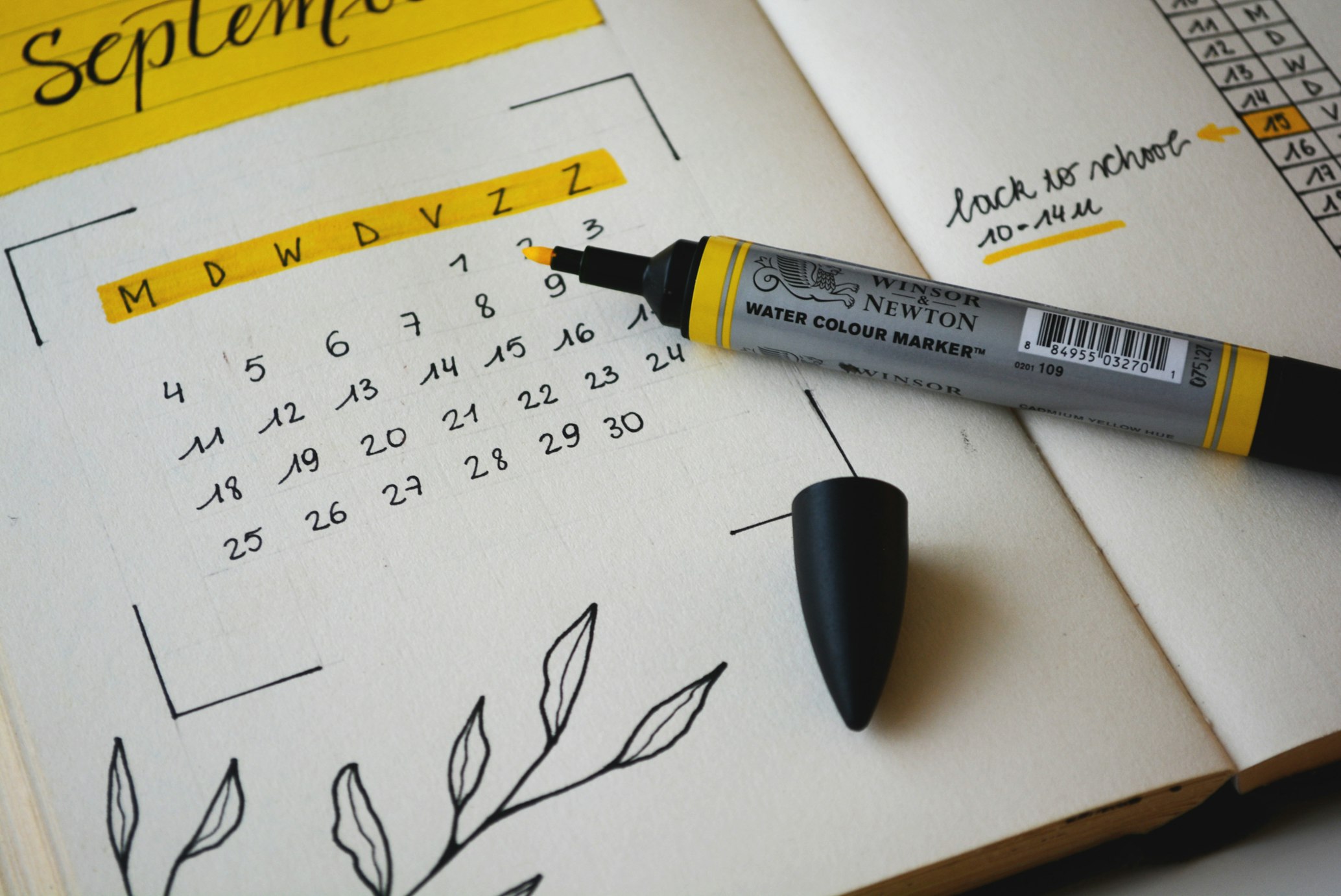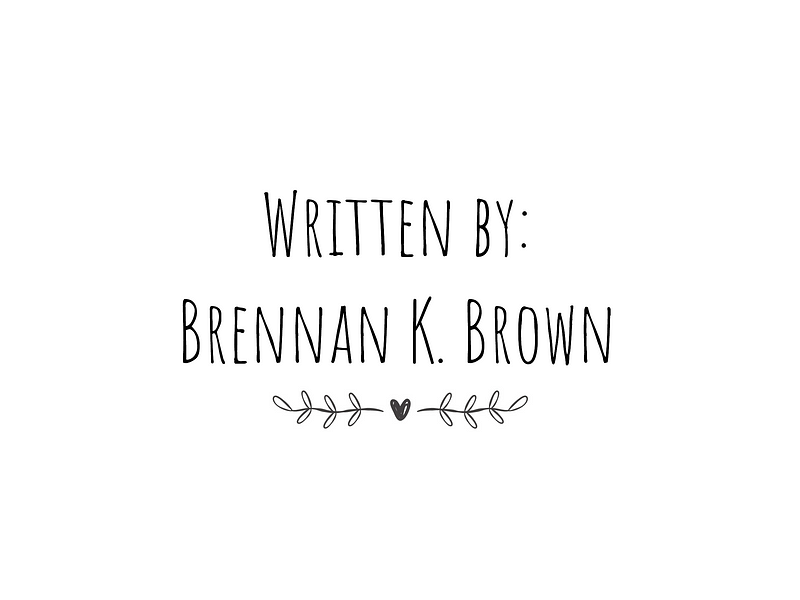
Creating an Editorial Calendar
As a freelance writer, it can be easy to think only in the short-term — Start utilizing a calendar the way big-name publishers do in order to consistently produce high-quality content for a more engaged audience!
As a freelance writer, it can be easy to think only in the short-term — Start utilizing a calendar the way big-name publishers do in order to consistently produce high-quality content for a more engaged audience!

Introduction: The Reason for Using a Calendar
When you want to get serious about writing and creating content, one of the more important principles to both sustaining quality and readership is consistency.
Loyalty from an audience comes from consistently publishing high-quality content, with the sheer amount of information available, it can be easy to lose readership when you lack proper planning and scheduling.
In the world of being a freelance creator, it’s easy to get caught up in doing whatever you feel like doing at the current moment and not looking too far ahead into the future. Which is why creating your own editorial calendar is key to holding yourself accountable and always having sight on the bigger picture.
What is an editorial calendar? For a technical definition, an editorial calendar is defined as: A written document that organizes the timing of your content production, publishing, distribution, and measurement efforts for both collaboration and strategic purposes.
There are many benefits that come with creating an editorial calendar for yourself. It helps plan and organize campaigns, concepts and ideas. It also allows you to look further into the future to figure out potential content topics down the line. Using a calendar-based system means looking beyond individual pieces of writing and having the ability to execute long-term thematic content.
Having a calendar means you can be strategic while also remaining flexible — nothing has to be set in stone. It also allows for opportunities to test the potential for different marketing ideas.
In order to compete for the attention of readers online, you must act like a big-name publisher. This means that you need a content strategy, which you can develop if you ask yourself the following questions:
- Who are you producing for?
- What are your goals?
- Which metrics will you use to view the progress of your goals?
- Which kinds of content are going to be a priority?

Elements of a Good Calendar
Two Perspectives: Overview & Task-specific
When planning content, it’s important to have two separate views of your schedule. A high-level overviewand a secondarytask-specific view.
The high-level overview should essentially be considered the Master calendar. It should have all the content scheduled. Instead of details for each individual piece of content, instead there should be major campaigns, themes addressed, holidays and relevant events, content types, and publishing dates.
In contrast, the task-specific calendar view should be for each individual piece of content, with details related to the specific workflow needed. Consider assets and visuals, social media distribution, and any additional notes.
Two Schedules: Production & Distribution
Creating a successful calendar for your work means that it needs to be actionable — but not overwhelming. In order to keep that balance, content creation needs to be looked at as having two separate processes — productionanddistribution. In other words, the process of creating and the process of sharing strategically should be considered entirely different tasks.
Content production is the act of creating the content itself, check out my previous article on how to develop a writing workflow for more info. There should be a dedicated timeline in your calendar for content creation which would be considered the production section, followed by a timeline for distribution. A blog post, for instance, will require more copy and visuals when posted to different social media, to ensure a better targeted message for each website’s unique demographics and audience.
When looking at content distribution, it’s important to understand relevant channels. Which platforms will effectively reach your target audience? When would the best time be to post — and how frequently? Understand why you’re using particular social media channels. Also consider the unique features and norms that need to be accounted for, regarding user behavior.
Clarifying the Best Use of Time
Set a clear timeline for each piece of content, as well as longer thematic campaigns. Have a plan that allows enough flexible time for spontaneous, as well as dedicated space for evergreen content.
Resources are limited, be reasonable with the amount of content that you’d be able to create — and how often you plan to publish. Plan for what you can sensible produce as a writer to better grasp the timing of content on the calendar.
Review past results. Cross-out future plans if things need to change. Be agile and understand that some content simply won’t work, and that things need to be deleted at times. Remove related sections or groups of tasks related to anything that doesn’t turn out results in order to keep your calendar up-to-date and accurate. On the other hand, note which content is doing really well, and consider creating more content of similar nature.
Report on what your audience needs — and when they need it. Understand what people are actually looking for and where they spend the majority of their time online, as well as the types of content they’re viewing and how often it’s being viewed.
Other Tips
Treat your calendar as a compass to direct your overall work on a regular basis. Keep on-course and be accountable for the frequency of content you’ve committed yourself to. Adapt your schedule to minimize any risk when experimenting with new or controversial content.
Create a consistent layout — create and use a template so that all tasks on the calendar are similar from the start.
In order to keep organized, be sure to set limitations —becoming overambitious with your schedule can cause you to become burned out too quickly and demotivated. Start small and make sure everything that’s written down is both actionable and specific!

SUMMARY
Creating an editorial calendar for your writing schedule can help change your perspective on the process and get more serious about it while also improving how you spend your time when working.
- Start using a calendar! Keep track of when you plan to write and share your work consistently on a dedicated calendar that you have constant access to.
- Have two perspectives on your work — the broad long-term overview of everything you plan on doing for the next twelve months, and the detail-oriented short-term for each individual task.
- Separate the processes of creation and distribution. Figure out the best time for you to write and the best time for you to share your work on social media, and what assets would be needed for both unique tasks.
- Clarify the best use of your time. Be mindful that your resources are limited, review past results to know what is and isn’t working, and figure out what your audience is looking for.


